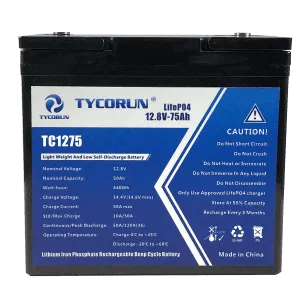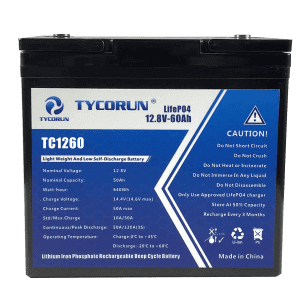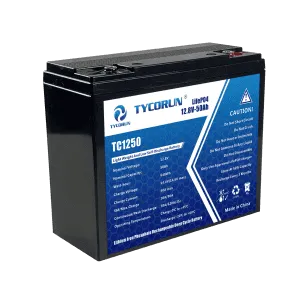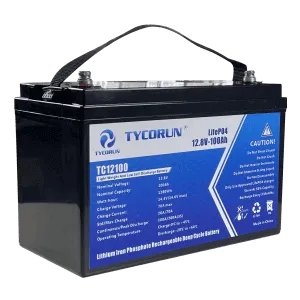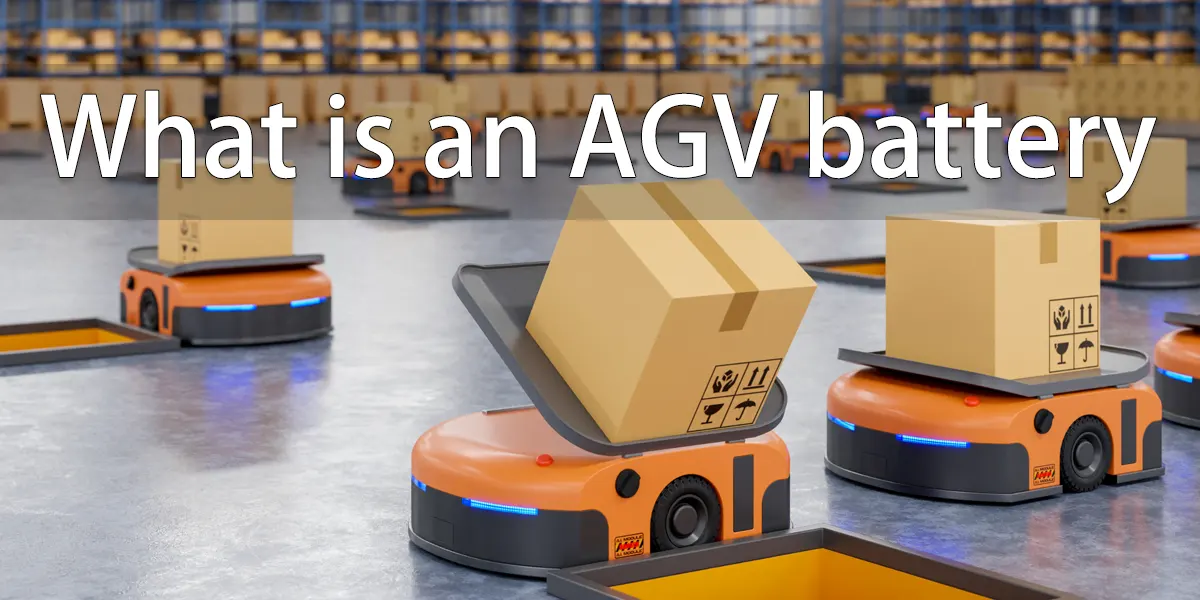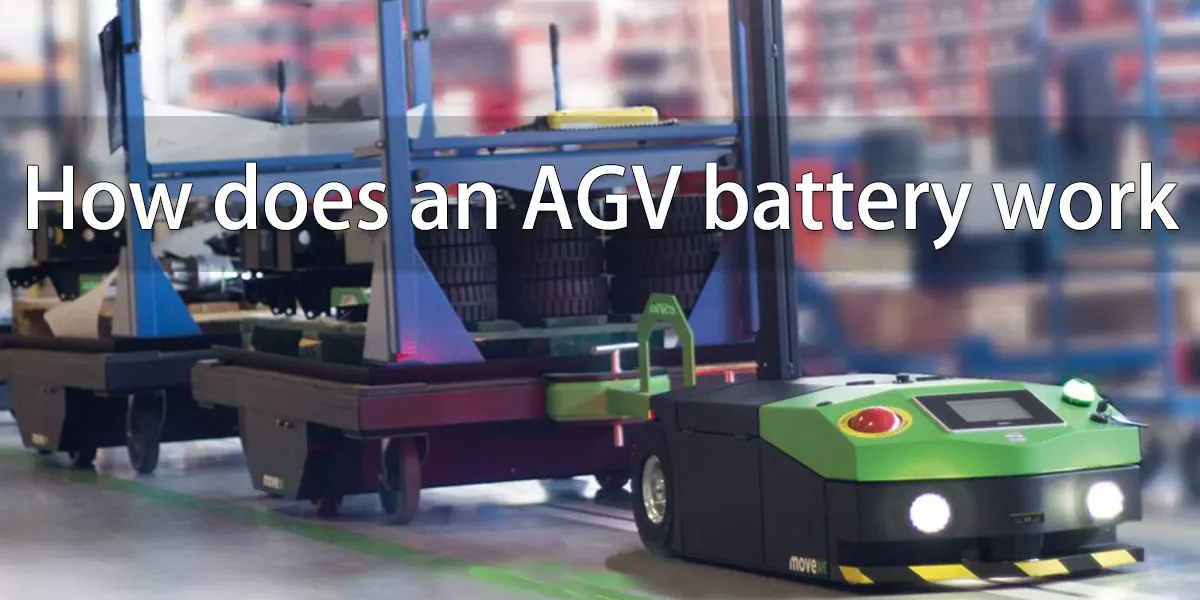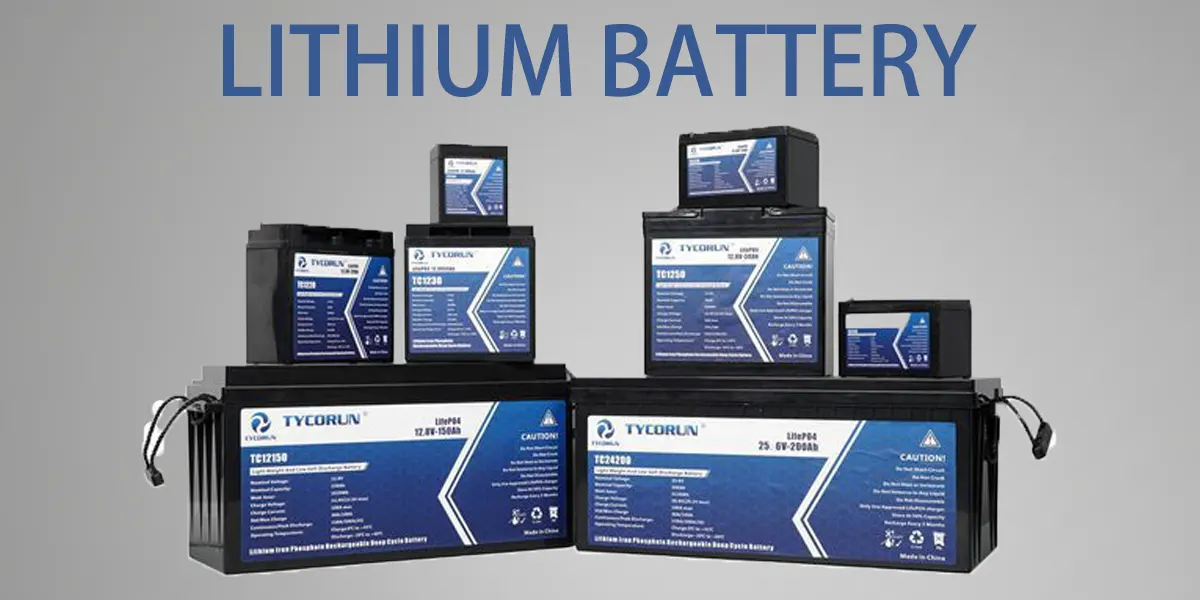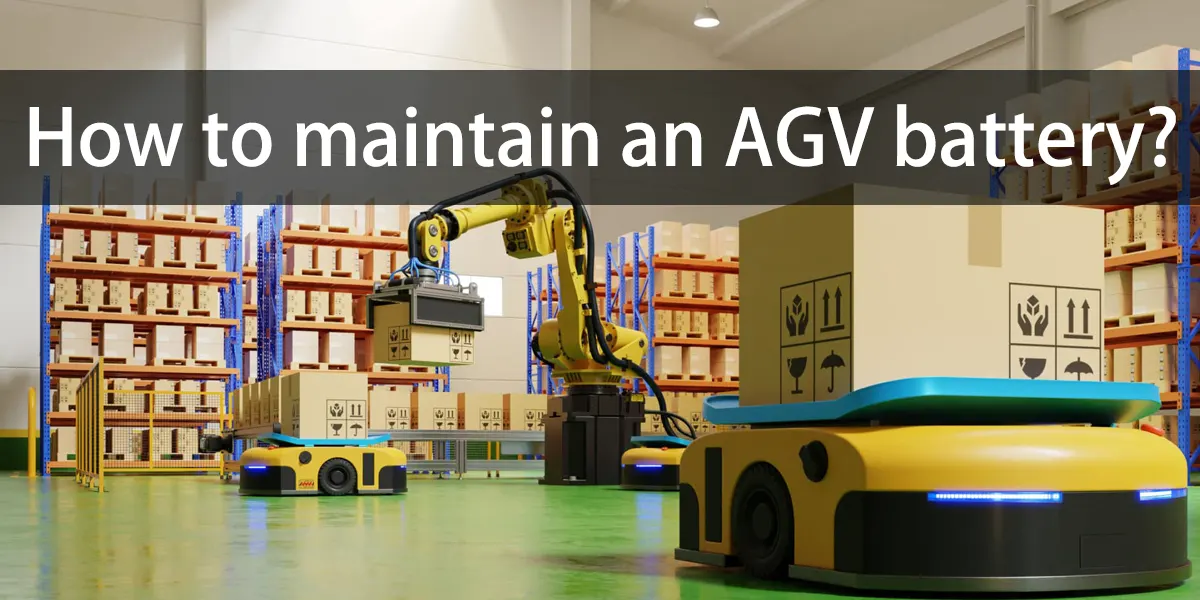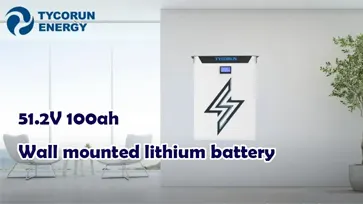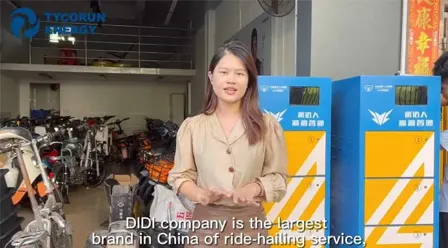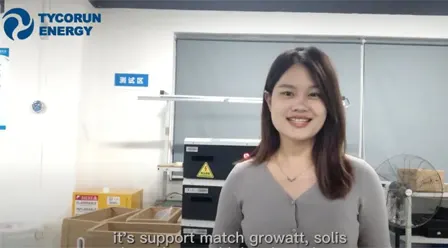AGV battery - Factors to consider before making a purchase
AGV battery manufacturer
16-year professional lithium ion battery manufacturers, 10-year warranty on battery packs, using the best BMS protection board, protecting the lithium battery pack from overcharge, overdischarge, overcurrent, short circuit, etc, with excellent self-discharge rate. Configurable Bluetooth, can be connected in series and parallel. The heating function and other special functions can also be customized. Enough stock for AGV battery. Can be shipped within 3 days.

AGV Battery – Factors to consider before making a purchase
Automated Guided Vehicles (AGVs) are crucial for moving goods and materials around in warehouses and other industrial settings.
A well-functioning automated guided vehicle system relies heavily on the performance of the AGV battery, which supplies the necessary power to move heavy loads and maintain their movement on track.

What is an AGV battery?
An AGV battery is a specific kind of battery that helps supply electrical energy used to power automated guided vehicles. An AGV is a robotic vehicle that travels around a factory or warehouse, moving items from one location to another.
These robotic vehicle have the ability to follow a predetermined route or can use sensors and cameras to find their own way.
An AGV battery is important in that system because it keeps the AGV powered and operating correctly, and without this battery, it would stop working.
AGV batteries are available in a variety of configurations and chemical compositions, including flooded lead acid, pure lead, GEL, and lithium. Factors like price, recharge time, performance, and longevity distinguish each AGV battery type; this distinct type has unique pros and cons.
How does an AGV battery work?
The AGV’s power system, which includes motors, wheels, brakes, and sensors, is powered by an AGV battery. It works by transforming its stored chemical energy into electrical energy to drive the AGV.
The motion system, which enables the AGV to drive along a predetermined course or navigate independently using sensors and cameras, is powered by this idea.
The AGV battery also powers the AGV’s navigation system, safety system, vehicle controller, and many parts of the vehicle.For the AGV battery to have a long lifespan and a reliable power supply, selecting the best rechargeable battery is a requirement.
Requirements for AGV battery
The following are some requirements for an AGV battery:
- Extended operational time
- Longer life span
- Plug-n-play
- Low gas emission
- Compact sizing
- High performance
- Fast charging and many more
What kind of battery is used in AGV?
Depending on the application and environment, you can use different types of batteries for your AGV. Some of the common AGV battery types are:
Lead-acid battery
An AGV lead-acid battery is a specific type of battery that mainly consists of lead and sulfuric acid. It is one of the oldest and most used battery types in AGVs and other industrial vehicles. AGV lead-acid batteries may be divided into two basic groups: flooded and sealed.
In contrast to sealed lead-acid batteries, which contain the electrolyte in the form of a gel or an absorbent glass mat (AGM), flooded lead-acid batteries have liquid electrolytes. Batteries like GEL and AGM Pure-Lead are examples of sealed lead-acid batteries.
Lithium battery
This type of battery employs lithium ions as its leading charge carrier, making it the most refined and well-liked option for AGVs at this stage. In terms of energy density, battery performance, longevity, and recharge time, this battery is better and exceeds other battery types, including lead-acid batteries.
Additionally, they are maintenance-free, spill-proof, and appropriate for online and quick charging. Thanks to their online charging, these batteries are the ideal option for electrostatic AGVs with a high-efficiency rate and no cable connection.
AGV lithium batteries are able to provide more power and run for longer periods with less weight and space because they store more energy per unit of weight and volume. Lithium titanate (LTO) and lithium iron phosphate (LFP) batteries, both are very popular AGV lithium batteries.
What makes lithium batteries the best choice for AGV batteries?
Due to their many benefits over other battery types, such as lead-acid batteries, lithium batteries are the best choice for AGV batteries.
Here are some advantages of lithium batteries over other battery types:
- Most significant energy density
- More extended life span
- More rapid recharge time
- Better performance
- Low maintenance cost, etc
Another top reason why lithium batteries are the best AGV batteries is that they provide high power and energy density. This allows AGVs to efficiently and precisely execute various tasks and functions.
Common specifications of AGV battery
The two most often checked specifications are the voltage and capacity of an AGV battery.
The voltage of a battery ranging from 12V to 80V impacts an AGV’s speed and power output. Similarly, the AGV battery’s capacity determines how much energy it can store and how long it can operate; it ranges from 10Ah to 200Ah. We will discuss the most commonly used battery’s voltage and capacity below:
12v 100ah
The 12V 100Ah battery, which has a total output power of 1200 Watts, is an AGV battery with a voltage of 12 volts and a capacity of 100 ampere-hours.
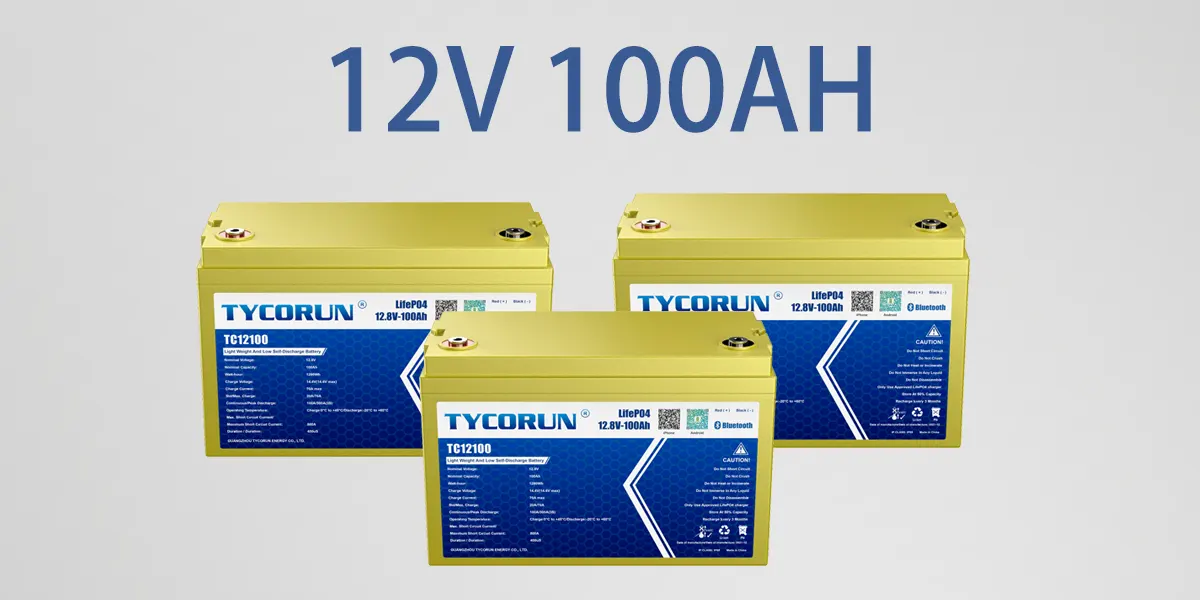
For instance, a 12v 100ah AGV battery may deliver 100amps for an hour, 50 amps for two hours, 10amps for ten hours, and so on, with a potential difference of 12V. However, a number of variables, including temperature, discharge rate, age, and state of charge, affect the actual voltage and capacity that the battery can store and provide.
Depending on the kind, size, and purpose of the AGV, its typical power consumption might range from 200 watts to 1000 watts. With this, a 12v 100ah battery can run an AGV for anywhere between 1 and 6 hours, depending on the type and chemistry of the battery and the AGV’s power requirements.
48v 200ah
A 48v 200ah AGV battery is a type of battery that has a voltage of 48 volts and a capacity of 200 ampere-hours. A 48v 200ah AGV battery can provide 200 amps for one hour, 100 amps for two hours, 20 amps for 10 hours, and so on, with a potential difference of 48V. If the AGV consumes 1000 watts of power, then a 48v 200ah AGV battery can power it for about 9.6 hours (200Ah x 48V /1000W =9.6 hours).
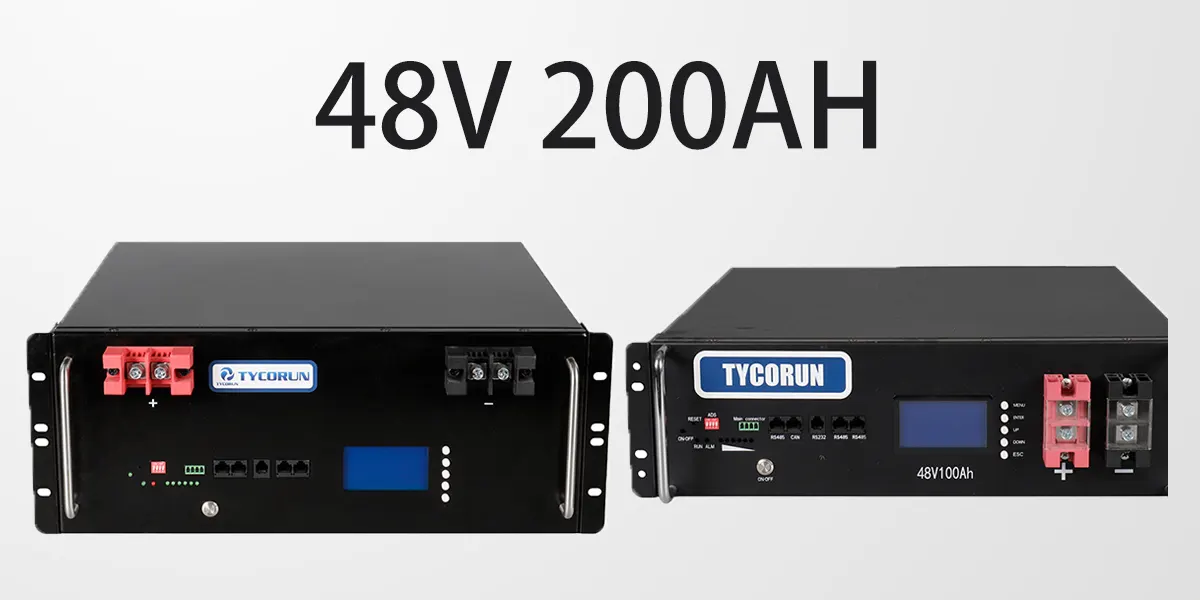
This simplified computation does not consider the efficiency of the battery and the AGV, the discharge rate, the level of charge, and other variables. These elements may impact the battery’s real capacity and voltage as well as the AGV’s actual power requirements. As a result, the AGV’s actual run duration may differ from the estimated number in either direction.
Factors to consider when choosing an AGV battery
AGV lithium-ion batteries are increasingly popular in markets and stores, so you must know the basic indicators of a great battery before choosing.
High stability
When purchasing an AGV battery, be sure to know the type of material and the shell strength of the battery. AGV batteries that are made of Lithium-ion phosphate are considered to be very stable and reliable.
Furthermore, Lithium-ion phosphate A-grade batteries have the lowest self-discharge rate of any battery. This means that you don’t have to worry about the high frequency of charging due to the rapid self-discharge of the battery.
AGV lithium-ion phosphate batteries also have a high energy density and voltage capacity, enough to power your AGVs effectively without voltage fluctuations or disruption in energy flow.
Battery charging
It is a vital factor to consider when selecting any type of battery, but it is especially significant for AGVs since it influences the overall performance of the AGV in the long run.
There are two types of AGV battery charging systems: battery swapping and battery charger.
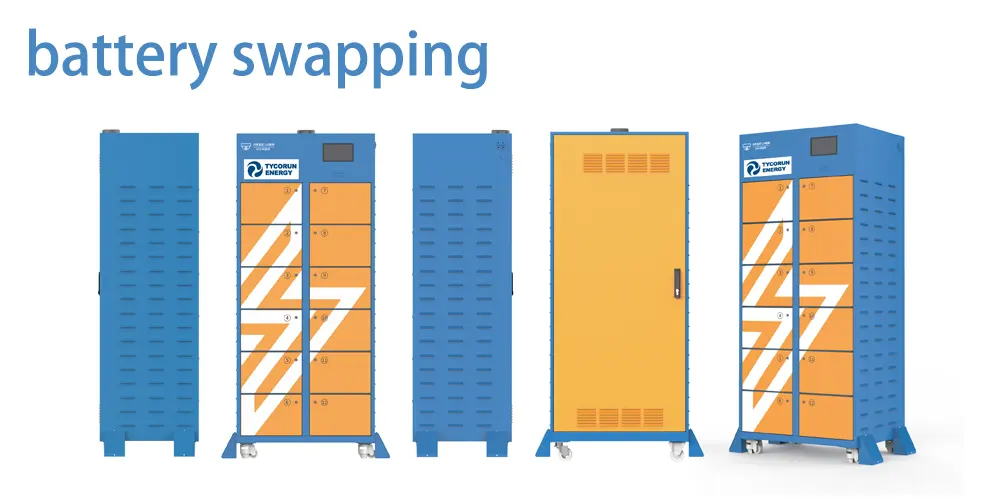
In the Battery Swap, a dead battery is replaced with a fully charged one. After replacement, the removed battery would be recharged for later use.
Battery chargers are either built-in or external chargers that use external power sources to recharge the AGV battery. They are very convenient to use and increase battery stability and reliability.
You can carry out this charging system either by plugging it into a charger or by wireless induction. It just takes a long time to wait. However, charging will be more convenient in the battery swap system. This swapping system can save the charging time and help improve work efficiency.
Intelligent control
AGV batteries need to be monitored to prevent unplanned breakdowns of the vehicle while in use. So, manufacturers of AGV batteries have included several intelligent control features that allow you to monitor the status of your battery.
Intelligent control measures, such as Bluetooth, GPS, Radio-frequency identification, Cloud connectivity, etc., have been developed to ensure connectivity between your device and the AGV battery to monitor its performance. When choosing your ideal AGV battery, it would help if you considered this factor.
Safety
The best AGV battery should be risk-free to operate. This crucial aspect has prompted manufacturers of AGV batteries to incorporate several safety precautions. The Battery Management System (BMS) is a significant safety control device present in AGV batteries.
It’s important to take good care of your battery to avoid overheating, overcharging, and battery discharge. That’s why the BMS is designed to keep a close eye on the battery’s charging, voltage, temperature, and current. This helps keep your battery safe and healthy for use on AGV because the BMS ensures that the battery is in excellent condition while in operation.
Customize
Controller Area Network (CAN) communication interface is an important factor when choosing your AGV battery. CAN enable faultless data transfer between the AGV’s component sections. To meet the needs of the battery, the user must change the CAN interface.
In order to avoid poor data transfer, you must also confirm that the CAN communication interface is compatible with the AGV’s control system.Therefore, it is very important to choose a custom lithium battery manufacturer that can provide batteries that communicate with the agreement according to demand.
All of these parameters must be taken into account in order to select the best AGV battery. However, finding a company that provides all these features may take time because accurate information requires extensive investigation. If you need specific battery information, please contact us.
How to maintain an AGV battery?
To maintain an AGV battery, you need to perform some regular tasks that can help extend the battery life and performance. But first, let’s discuss some factors affecting an AGV battery’s performance so that we can know how to maintain it.
Factors affecting the performance of AGV battery
Some of the factors affecting the performance of AGV batteries are:
● Temperature: An environment’s temperature can affect the battery’s performance in terms of capacity, voltage, power, and lifespan. Hence, you must maintain the AGV battery at a proper temperature between 15 and 25 degrees Celsius.
● Charging and discharging cycles: Repeated, intense charging and draining cycles can degrade battery power and capacity and shorten battery life.
● Aging: This is a natural and inevitable process that occurs over time due to various factors, such as temperature, charging and discharging cycles, storage conditions, and usage patterns. Aging causes gradual deterioration and degradation of the battery chemistry and components, such as loss of active material, increased internal resistance, or decreased electrolyte level.
Tips for maintain an AGV battery
Here are some tips for maintaining an AGV battery:
- Use a suitable charger.
- Charge the AGV battery at optimal conditions. Avoid overcharging and overdischarging.
- Store at the proper state of the battery, which about 45-50% power storage.
- Keep track of your battery’s status and performance using an internal or external BMS.
- Using a built-in or external balancer, you need to balance the battery cells periodically.
In conclusion, remember to consider factors such as stability, battery charging, safety, and communication interface before selecting AGV battery. With the right choice of AGV battery and proper maintenance, you can enjoy reliable and efficient power for automated guided vehicle.
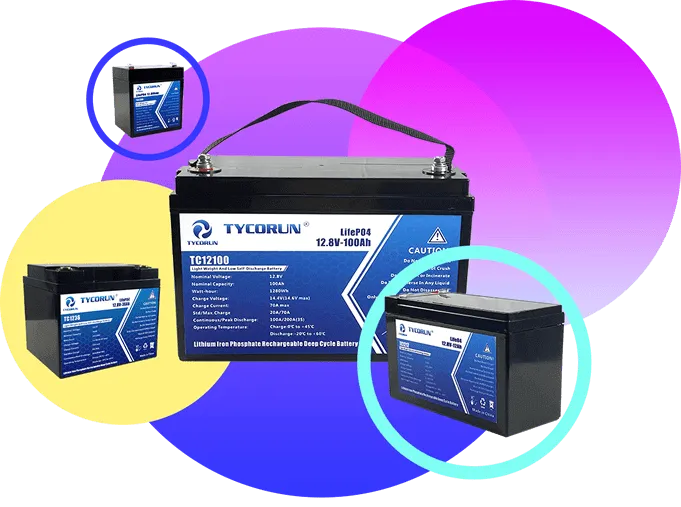
About lithium ion battery manufacturers
TYCORUN® has more than 16 years of experience in the lithium battery industry and is a Chinese high-tech enterprise that develops, produces and sells various new energy battery products.
AGV battery production capacity accounts for 80% of our lithium battery manufacturing products
High quality assurance
TYCORUN is determined to become a leader in the lithium battery industry, quality is our culture!
Professional manufacturers
With lithium ion battery pack as the core, integrating channels and technologies
Factory wholesale price
We promise to let customers get the most cost-effective AGV battery products
Reliable Service Assurance
Provide AGV battery OEM, ODM, 1 MOQ.Full Set of Certificate
Video Gallery
Lithium ion Battery News

One-stop Africa battery swap solution – new energy electric motorcycle intelligent operation management
This article will cover the current situation of Africa’s market, the rapid development of the Africa battery swap industrial chain and Tycorun’s battery swap solution.

Top 6 high-rate cell companies in China
Among the manufacturer producing high rate battery, BAK, EVE, LISHEN, MOLICEL, SAMSUNG SDI, and SunPower stand out for their outstanding products.

Top 10 solid state battery manufacturers in China
China’s solid state battery development is in the accelerated stage, the top 10 solid state battery manufacturers mainly have the following

New Ganfeng battery – ultra safe semi-solid battery with high performance
This article details Ganfeng Lithium’s solid-state battery development, technological innovations, and the performance of the ganfeng battery in safety tests.
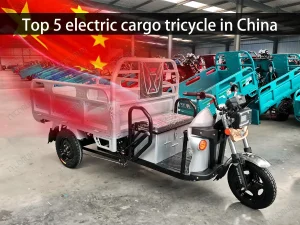
Top 5 electric cargo tricycle in China
This review presents the top 5 electric cargo tricycles in China, featuring detailed specifications and performance insights. Evaluating criteria such as load capacity, battery efficiency, and safety features, this guide assists buyers in selecting the ideal tricycle based on individual requirements.
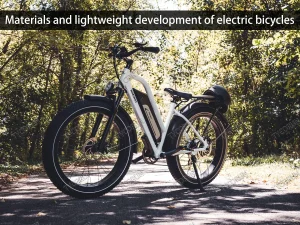
Materials and lightweight development of electric bicycles
This article provides an insightful exploration into the development of electric bicycles, focusing on advancements in materials and lightweighting techniques. It delves into the historical evolution of electric bicycles, analyzes various bicycle frame materials, discusses the development of electric power assist technology, and offers an overview of the electric assist bicycle market. Through detailed examination and analysis, it highlights the importance of lightweighting for electric bicycles and identifies key trends shaping the industry’s future.

